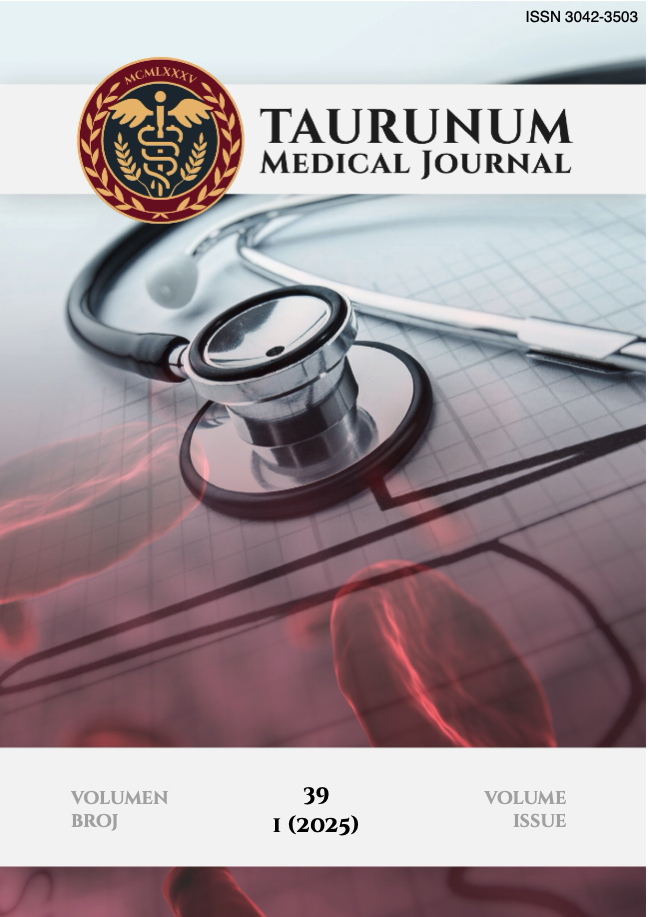
More articles from Volume 39, Issue 1, 2025
Severe Dyspnea Caused by a Massive Neck Mass - Report of a Case
Epidemiological characteristics of Covid19 positive patients in triage centre CHC Zemun
Massive Sinonasal Polyposis in an Elderly Patient: Report of a Case
The Importance of Intraoperative Exploration and Intensive Postoperative Monitoring in the Detection and Management of Synchronous and Metachronous Colorectal Tumors
Cervicogenic headache
Article views
Most Common Clavicle Fractures and Should They Be Operated On? - A case report
Department of Orthopedics and Traumatology, Clinical Hospital Center Zemun , Belgrade , Serbia
Department of Orthopedics and Traumatology, Clinical Hospital Center Zemun , Belgrade , Serbia
Department of Orthopedics and Traumatology, Clinical Hospital Center Zemun , Belgrade , Serbia
Abstract
Clavicle fractures account for up to 4% of all adult fractures and are often the result of severe trauma in young individuals. At the Clinical Hospital Center Zemun, there have been just under 15 cases of these fractures treated surgically over the past 10 years (with the first author performing 6 of these surgeries). The relatively small number of operated patients is due to the belief that only a clavicle that does not heal on its own requires surgery. New osteosynthetic materials provide better treatment outcomes but cannot compensate for poor surgical technique, implant failure, incorrect indications, and/or choice of method, leading to treatment failure. We present an interesting case of a 45-year-old female patient who underwent surgical treatment for a clavicle fracture with multiple complications.
Keywords
Citation
Copyright
This is an open access article distributed under the Creative Commons Attribution License which permits unrestricted use, distribution, and reproduction in any medium, provided the original work is properly cited.
Article metrics
The statements, opinions and data contained in the journal are solely those of the individual authors and contributors and not of the publisher and the editor(s). We stay neutral with regard to jurisdictional claims in published maps and institutional affiliations.




